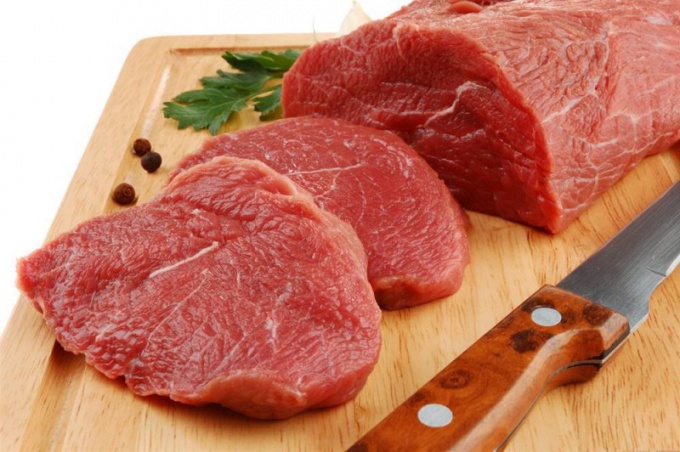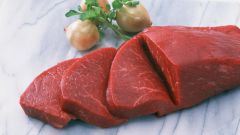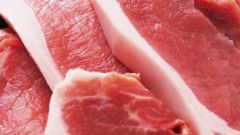You will need
- - veal;
- - beef.
Instruction
1
Look closely at the color of the meat. Veal is the meat is pink-red, pale-pink or grayish-pink color, while the beef is deep red.
2
Note the consistency of the meat. Veal has a delicate texture, the tendons are practically absent, and the beef is tougher, the meat can be used to detect a large number of tendons, the thick film and large longitudinal fibers.
3
Smell the meat. Veal smells milk, has a light, sour-sweet smell.
4
Look also at the colour of the fat contained in the meat. The veal fat is virtually absent, but if it is, then white. The fat on the meat beef has a creamy, cream, pink and sometimes yellow color and contains more amount.
5
Rate the same cut of meat. It needs to be moist, but not sticky. Tap your finger on the surface of the meat. When the pressure on the veal, the surface is leveled quickly, and your finger remains dry. The juice released from the veal, transparent color.
Note
Lean veal is meat diet due to the low fat content. Young meat is rich in protein, which makes the veal necessary for pregnant women, debilitated and young children and the elderly. However, veal is not always preferable to beef. Because protein-rich veal is too heavy food for people with diseases of the liver and pancreas.
Useful advice
Please note that beef can be almost as mild as veal, or, on the contrary, very hard — it all depends on the breed of the animal, its age and specific muscle selected for cooking. Most tender when cooking are the muscles of the back, loin and rump. The flavor and juiciness of beef also depend on, whether matured meat. In order to expedite this process, the meat must be pickled in vinegar, milk or filling of vegetables and vegetable oil.


